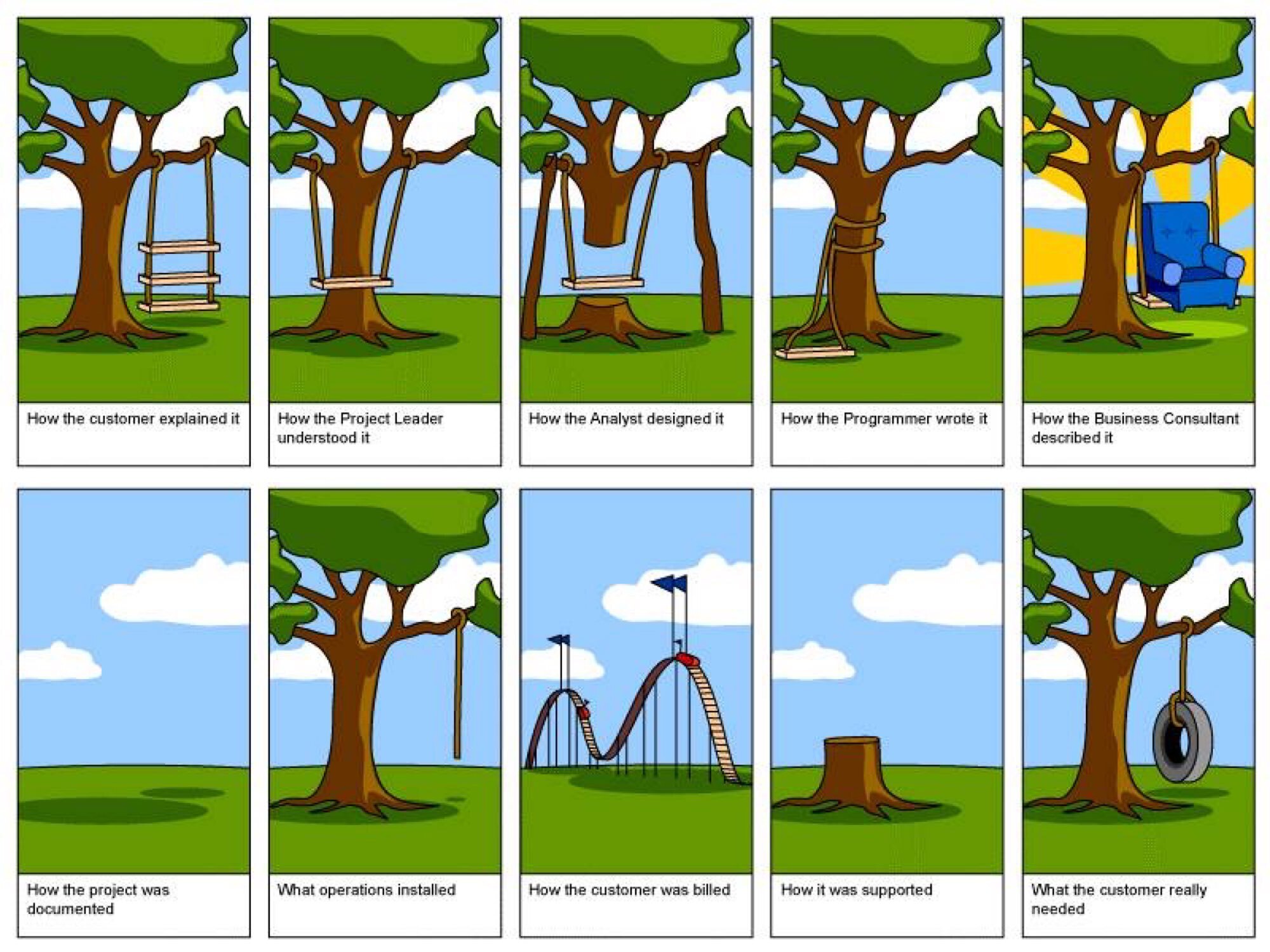

More specifically, it’s a lobbying group.


More specifically, it’s a lobbying group.


There’s no downside to writing the guards afaik, but I’m more of a c programmer. It’s been a while since I did much c++, so I’m not up on modern conventions. But dealing with legacy code adhering to older conventions often comes with the territory with c and c++, so it’s something to keep in mind.


You can generally rely on a header file doing its own check to prevent being included twice. If a header doesn’t do that, it’s either wrong or doing something fucky. It is merely a convention, but it’s so widespread that you really don’t need to worry about it.
You are mixing up some terms, so I want to help clarify. When you #include a header file, you aren’t importing a library. You are telling the compiler to insert the contents of that header file into your source where the #include line is. A library is something different. It is an already-compiled binary file. A library should also come with a header file to tell you what functions and classes are present in the library, but that header isn’t itself the library.
It may seem annoying to have to repeat yourself between headers and source, but it’s honestly something you get used to.

Behind the Bastards has a great 6 parter on Kissinger:


That has to be the single most infuriatingly rambling article I’ve ever come across. The author had to have been paid by the word.


My spouse says that they LIKE the way I smell.
Did you know Kids in the Hall made a sketch about you?


I still feel the Perfect Strangers theme fits better.


Reminds me of 
Well, it depends on your perspective. Copyleft licenses restrict downstream developers in order to protect the rights of downstream users.
I see two possible reasons for your situation. One is that the company is turning to contractors to fill in gaps in their knowledge/experience, which is why everyone else has no clue how to tackle these tasks and why they get assigned the easy ones.
The other possibility is that the senior devs are gaming the metrics, letting the employees knock out easy tasks while the contractor is stuck with untangling the knots of the more intractable tasks.